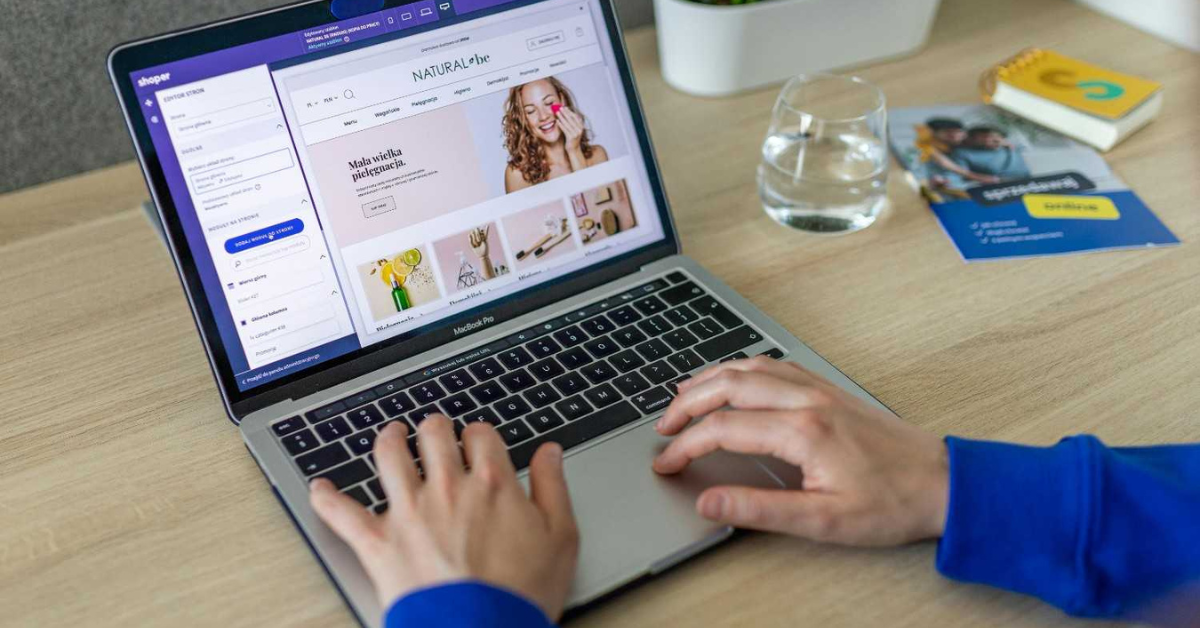Did you know that businesses that effectively implement upselling strategies can increase their sales by up to 30%? Upselling strategy is a powerful technique that can significantly boost revenue and maximize profits for eCommerce businesses.
Before we delve into the benefits and strategies of upselling, let's clarify what it means. Upselling is the practice of persuading customers to purchase a higher-priced or upgraded version of a product or service or to add additional items to their original purchase.
In today's competitive eCommerce landscape, where customer acquisition costs are rising, upselling presents a valuable opportunity to increase the customer adds average order value and enhance customer lifetime value. By encouraging customers to buy more or upgrade their purchases, businesses can not only drive immediate sales but also foster long-term customer loyalty.
In this blog, we will explore the importance of upselling in boosting sales for eCommerce businesses. We will discuss various strategies and techniques that can be employed to effectively upsell to customers. By the end of this article, you will have a clear understanding of how to leverage upselling to maximize your revenue and provide added value to your customers.
So, let's dive in and uncover the secrets of successful upselling in the eCommerce platform!







